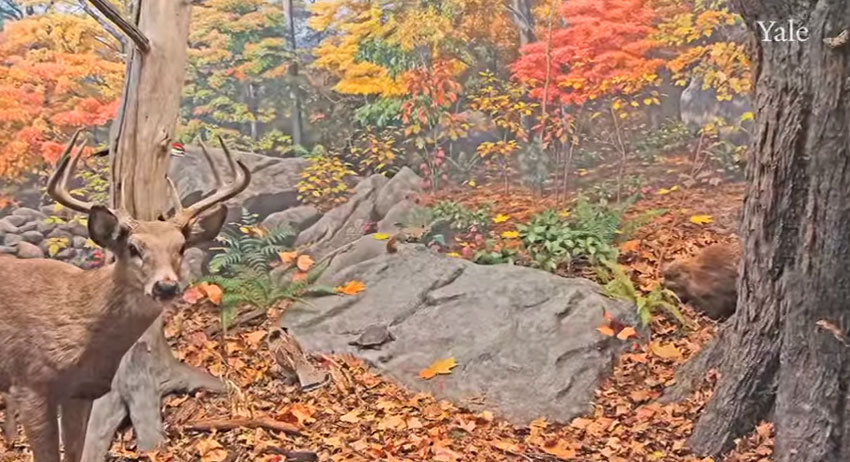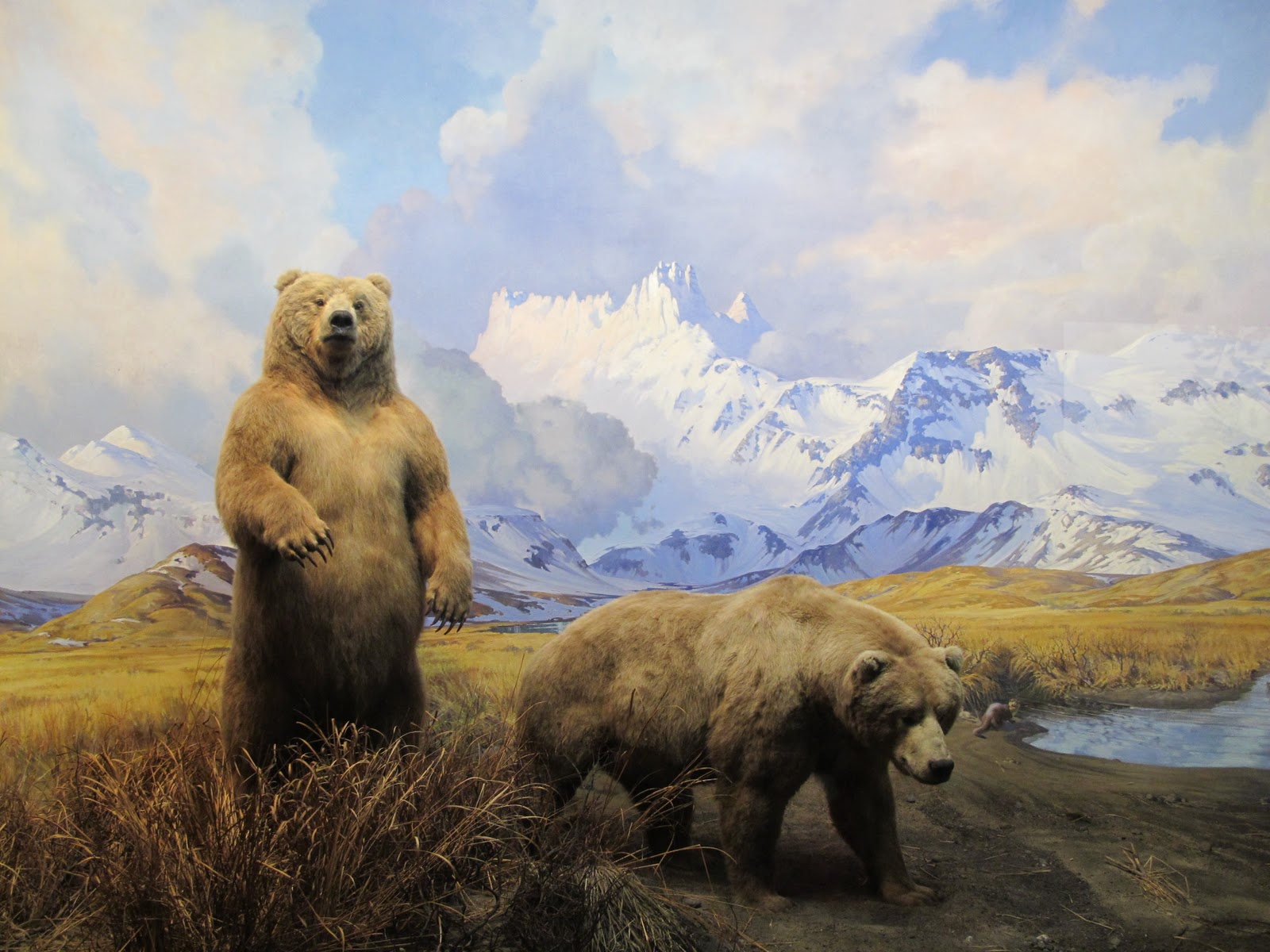Yale’s prestigious Peabody Museum of Natural History is exploring the use of 3D printing to help restore their classic wildlife dioramas. With the help of 3D printing the already stunning wildlife recreations can be made even more accurate, and be made to last longer so they will need to be restored less often.
While giant whale bones and printable fossils are great ways for museums to use 3D printing, it can also be used to enhance the techniques that we already have for bringing the past alive. Michael Anderson, the Exhibit Preparator at the Peabody Museum is working with Yale’s Digital Media Center for the Arts to apply 3D printing technology to help recreate the three dimensional parts used in their stunning dioramas depicting wildlife in its natural habitats. Here’s a video explaining how they are trying to make the laborious process of creating realistic artificial leaves less laborious.
The traditional leaves used in wildlife dioramas are made from basic crepe paper that has been painted and dipped in wax. Each leaf would then be hand painted and individually hung on artificial branches. That is an incredible amount of work, and considering how quickly the budgets for your average museums are shrinking it is rapidly becoming prohibitively expensive to do.
After seeing pictures of an art project on the Instagram account of Ken Lovell, Associate Director at Yale’s Digital Media Center, Anderson decided to ask Lovell to help him use 3D printing to make it easier to restore the dioramas and help them last longer. Lovell printed out some leaves on a Form1 3D printer in clear resin because it can produce a replica leaf thin enough to resemble the real thing. Once printed, the leaf will have a 2D image of a leaf vacuum formed onto it, giving it a realistic and delicate look without being labour intensive. It has the added bonus of being able to last for decades with little to no restoration needed.
The art of historical dioramas is a dying one, as many of the techniques that were perfected by master diorama painters like James Perry Wilson are being forgotten, potentially lost forever. By using 3D printing to enhance this lost art, I’m hopeful that these pieces of our history can be brought back to life for a whole new generation. In an age where we can see high resolution images of just about anywhere interesting in the world at the push of a button it’s easy to forget how different it feels to see these places first hand, even recreations in museums. These dioramas are the only way most of us are ever going to be able to see the rest of our world, and because of the incredible artistic skills of people like Michael Anderson who work to preserve them I have hopes that we can continue to travel the world just by visiting our local museums.
In case you can’t tell, that is a three dimensional diorama merged seamlessly with a painted background. You can learn more about the stunning wildlife dioramas at Yales Peabody Museum of Natural History here. And I highly suggest that you read more about James Perry Wilson’s work at the Peabody here, and the rest of his amazing career here. You can also read about Michael Anderson’s previous diorama restoration work from 2010 here.





